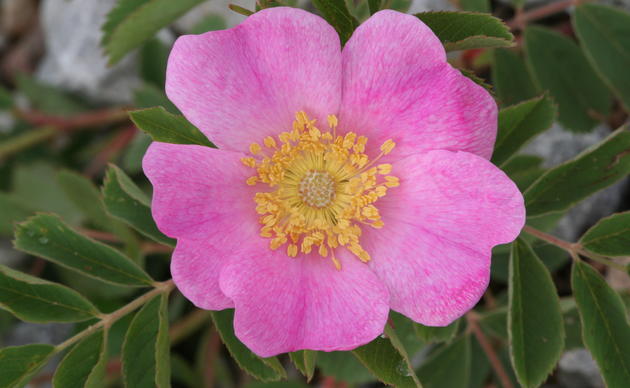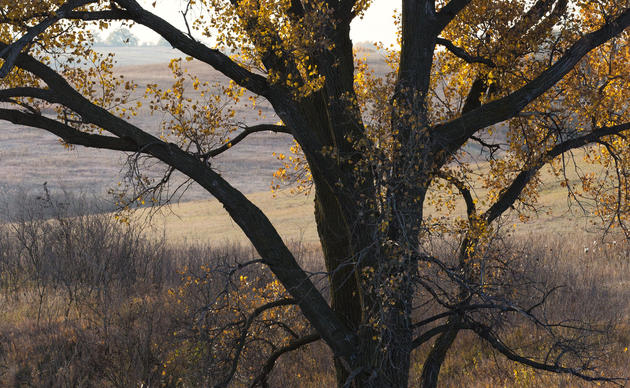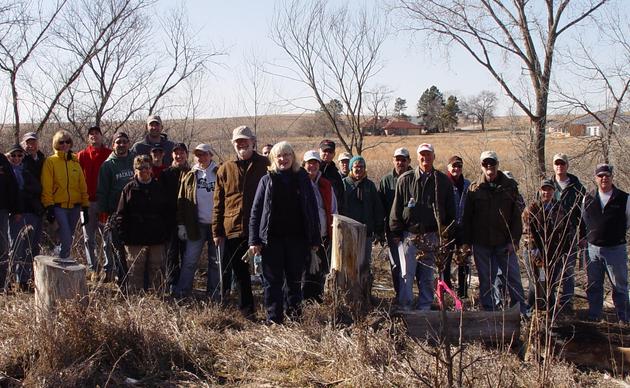A portion of the roadside ditch by Spring Creek Prairie Audubon Center was seeded with native plants as a result of collaboration with Wachiska Audubon Society, the Lower Platte South Natural Resource District, and the Lancaster County Engineer. The area is meant to be a demonstration of the benefits to planting native plants in roadside ditches across Nebraska.
Spring Creek Prairie Habitat Manager Ed Hubbs explains that native plants “are not only beneficial to local wildlife by providing needed flowers for pollinators, but native species are also hardy and drought resistant plants that evolved with our climate and therefore often have better long-term survival than non-native species.”
Why roadside ditches?
Bruce Kennedy of the Wachiska Audubon Society said the focus on ditches is because of Nebraska’s vast farmlands.
“In a lot of sections of the state, that’s the only habitat left,” said Bruce. “The roadside ditches are really the only thing in many areas that we have an opportunity to work on.”
Wachiska has had this goal for several years, but it wasn’t until Pam Dingman became county engineer that their idea started to become a reality.
In 2017, Spring Creek Prairie and the Wachiska Audubon Society met with Dingman to discuss the benefits of native plants. It was proposed to develop a demonstration area to display the benefits of planting native species along Nebraska ditches.
While Spring Creek prepared the area for seeding, Wachiska secured funding from the Lower Platte South NRD to purchase the native plant seeds for the project.
The seeds were spread last month and, though native seeds are slow-growing, Wachiska and Spring Creek are excited to see the site flourish in the years to come.



